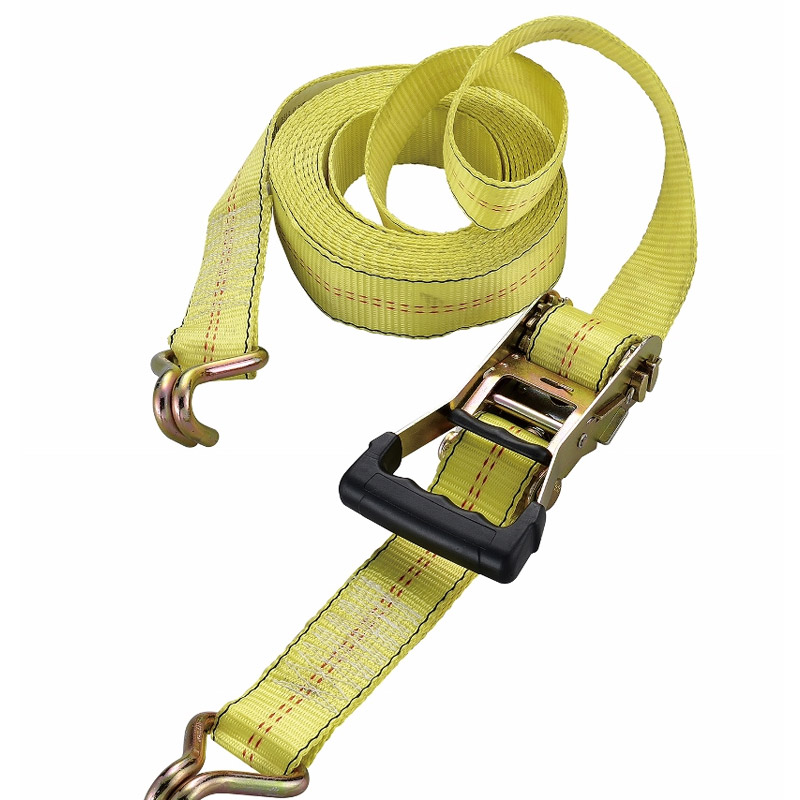wood metal self tapping screws
Wood Metal Self-Tapping Screws A Comprehensive Overview
Self-tapping screws are pivotal in modern construction and manufacturing, especially when it comes to fastening wood and metal components. Their design and functionality have made them indispensable for both professionals and DIY enthusiasts alike. In this article, we will explore the characteristics, applications, and advantages of wood metal self-tapping screws.
Understanding Self-Tapping Screws
Self-tapping screws are specifically engineered to create their own threads as they are driven into materials. This eliminates the need for pre-drilled holes, saving time and effort during installation. These screws come in various shapes and sizes, but the most common types used for wood and metal are the sharp-pointed screws designed for metal and the thread-cutting screws suited for wood applications.
Design and Material
Wood metal self-tapping screws are typically made from durable materials, such as steel or stainless steel, which provide strength and resistance to rust and corrosion. The heads of these screws can vary – flat, pan, or hex, depending on the intended use. The thread design is crucial; for wood, a coarse thread is often employed to ensure a secure grip in softer materials, while finer threads may be used for metal to maintain a stable hold. Some screws even feature special coatings, such as zinc plating, to enhance their resistance to environmental factors.
Applications
The versatility of wood metal self-tapping screws allows them to be used in a wide range of applications. In construction, they are commonly used to secure metal brackets to wooden structures, attach metal siding to wooden frames, and fasten metal roofing panels. Moreover, they are indispensable in the fabrication of furniture, cabinetry, and even in automotive applications where metal and wooden components are bonded.
wood metal self tapping screws

For example, when assembling outdoor furniture made of wood and metal, self-tapping screws can provide a strong fastening solution that withstands the rigors of outdoor use
. Their ability to tap threads directly into materials allows for a firm hold that is less likely to loosen over time, compared to other fastening methods.Advantages of Self-Tapping Screws
1. Time-Efficient With their self-threading capabilities, these screws eliminate the time-consuming need for pre-drilling, allowing for quicker assembly and reduced labor costs.
2. Strong Holding Power Their design reduces the likelihood of stripping and provides a robust bond between materials, particularly when dealing with varying densities in wood.
3. Versatility These screws can be utilized in diverse applications, from construction and woodworking to metal fabrication, making them a must-have in any toolbox.
4. Cost-Effective By combining the drilling and fastening process into one step, self-tapping screws can lower overall project costs through both time savings and minimized material waste.
In conclusion, wood metal self-tapping screws serve a vital role in connecting different materials efficiently and effectively. Their innovative design enhances the construction process, making them an essential tool for builders, craftsmen, and hobbyists alike. Understanding their features and applications can lead to better project outcomes and improved structural integrity in various endeavors. Whether you are constructing a new project or repairing an existing installation, incorporating self-tapping screws into your toolbox is a wise decision.
-
Weatherproof Plastic Expansion Anchors for OutdoorNūhouJun.06,2025
-
Sustainability in the Supply Chain: Eco-Friendly TEK Screws ProductionNūhouJun.06,2025
-
Load-Bearing Capacity of External Insulation FixingsNūhouJun.06,2025
-
Double Head Bolts: Enhancing Efficiency in Industrial MachineryNūhouJun.06,2025
-
Corrosion Resistance in Chipboard Screws: Coatings for Wholesale DurabilityNūhouJun.06,2025
-
Butterfly Toggle Bolts : Enhancing Structural ResilienceNūhouJun.06,2025
